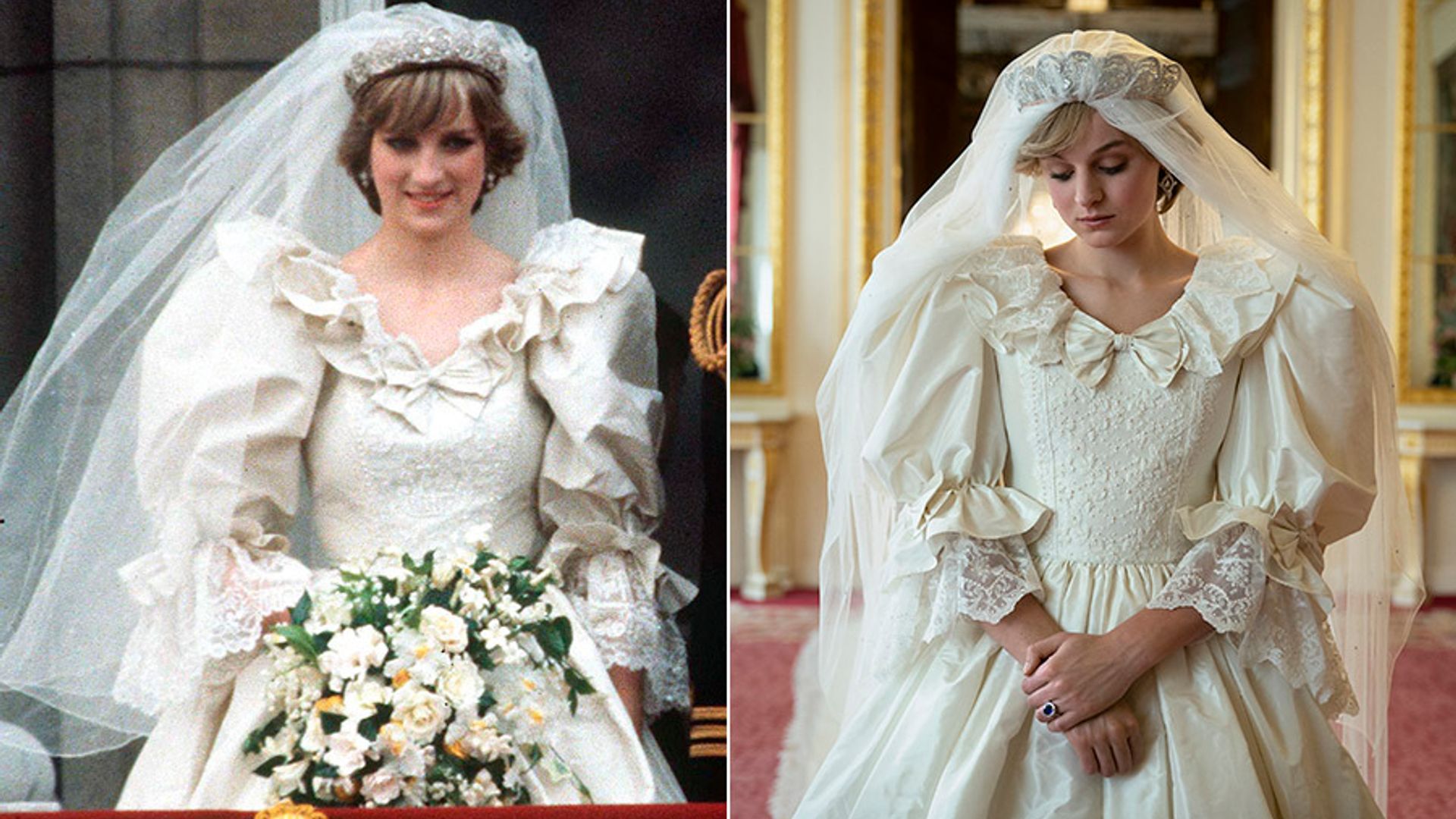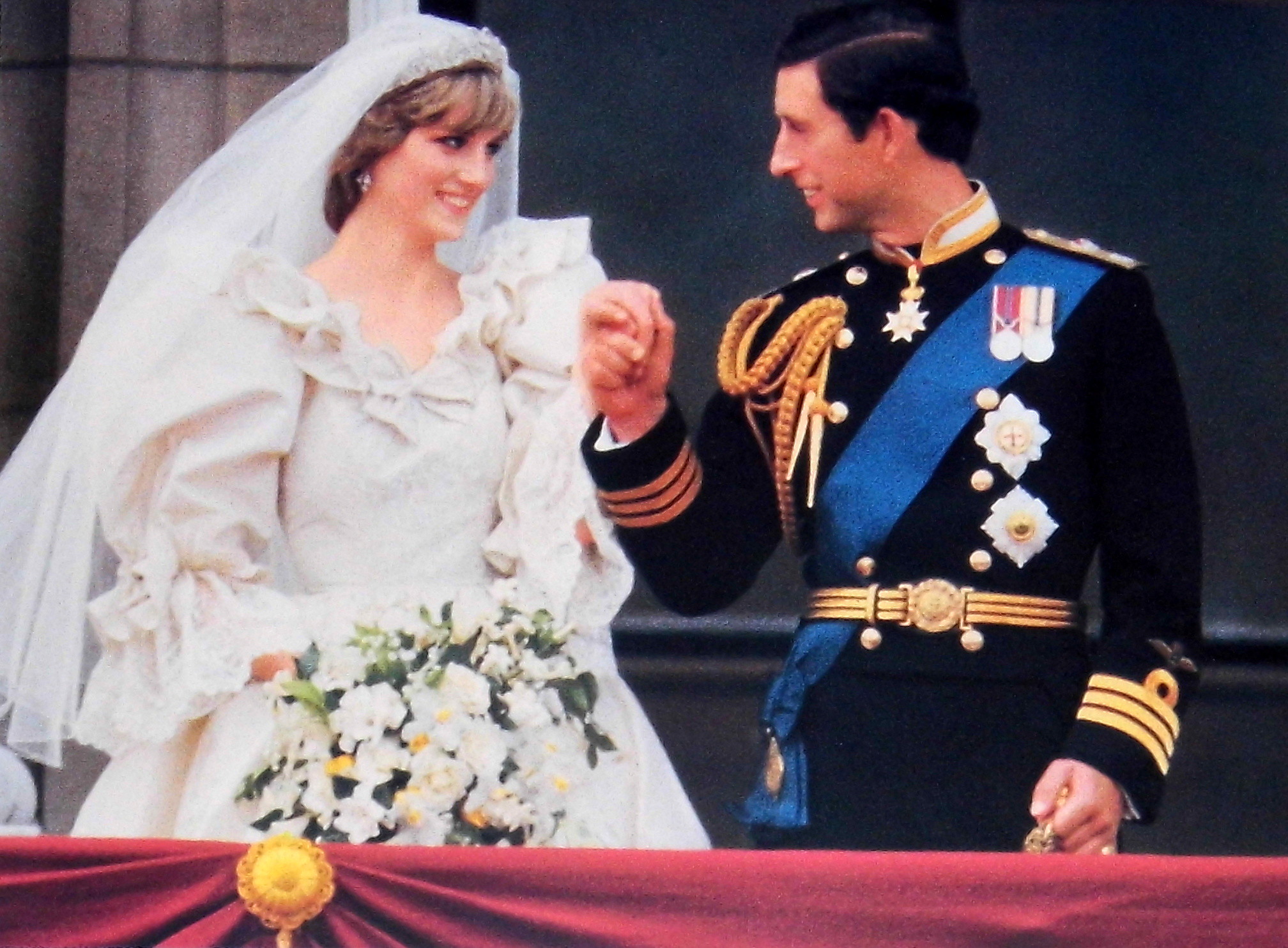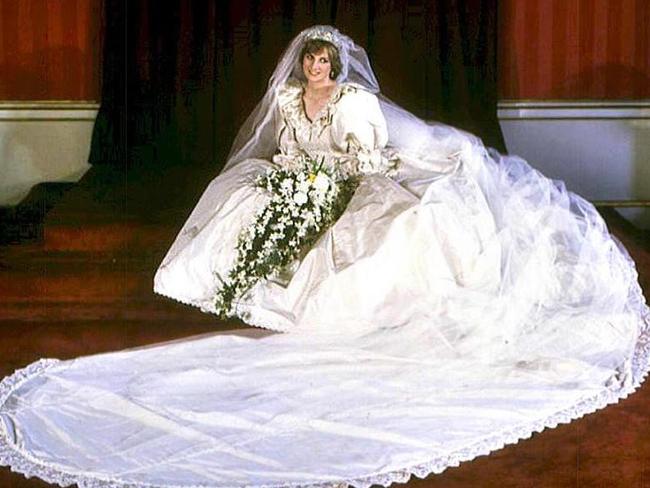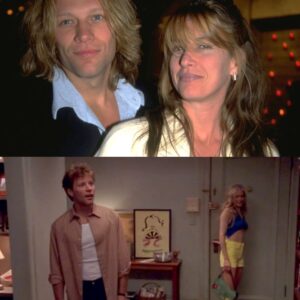In the realm of royal fashion, few garments have captivated the world quite like Princess Diana’s wedding dress. Designed by Elizabeth Emanuel, the dress became a symbol of opulence, romance, and the fairy-tale nature of Diana’s marriage to Prince Charles. Yet, behind this iconic piece lay an untold story—the story of “The Spare Dress.” Created in secret as a backup to the original wedding gown, this alternative garment never made it to the public eye until years later. Elizabeth Emanuel, the designer behind both creations, recently reflected on the making of this hidden masterpiece and her journey in crafting Diana’s unforgettable style. This piece delves into the making of the secret gown, its eventual recreation, and the legacy of Diana’s wedding dress that continues to endure in the annals of fashion history.
In the early 1980s, Elizabeth Emanuel and her then-husband David Emanuel were thrust into the spotlight when Lady Diana Spencer approached them to design her wedding dress. The commission came as a surprise to Elizabeth, who recalls Diana’s humble request: “Would you do me the honor of making my wedding dress?” At the time, Elizabeth and her studio, nestled in Little Venice, London, were relatively small, lacking the grand scale of more established designers. Nonetheless, Diana’s choice of the Emanuels for such a pivotal task would become a transformative moment in their careers. But amidst the excitement of designing the most anticipated dress of the century, Elizabeth’s anxieties got the better of her. Fearing the possibility of disasters like theft, fire, or accidental spills that could ruin the original dress, she decided to create a backup—what she would later call “The Spare Dress.”
Unlike the grandeur of the primary gown, which featured a dramatic 25-foot train and yards of delicate ivory silk taffeta, the spare dress was intentionally simpler. It was designed to be a reliable backup, not an exact replica, and featured slim sleeves borrowed from the pattern of Diana’s pink pre-wedding ball gown. However, it retained some of the signature elements that defined the royal dress, like scalloped detailing and intricate embroidery, aiming to maintain a sense of continuity with the primary design. Emanuel remembers being meticulous about the fabric, using materials as close as possible to those of the original gown to ensure a seamless transition if the need arose. The spare dress embodied her desire for preparedness, yet it was never shown to Diana. The designer kept it a closely guarded secret, not wanting to worry the soon-to-be princess about potential mishaps.
Ultimately, Diana walked down the aisle at St. Paul’s Cathedral in the iconic wedding dress that the world came to know and adore. The spare gown, deemed unnecessary after the wedding day proceeded without a hitch, disappeared into the shadows, relegated to a storage rack in the Emanuel studio. Elizabeth moved on to other projects, the memory of the hidden dress fading into the background as Diana’s royal presence evolved. Over the years, the story of the spare dress remained untold, a footnote in the history of royal fashion. But as time passed, it became clear that people’s fascination with Diana—and everything she wore—would never wane.

Fast forward to recent years, and a revival of interest in all things Diana prompted Elizabeth Emanuel to revisit the forgotten garment. She took on the task of recreating the spare dress for Renee Plant, the curator of a Diana museum in Los Angeles. This presented a new challenge: the need to recreate a piece of history using only memories and a few old photographs taken during the original making process. Elizabeth immersed herself in the project, working alongside Swiss textile manufacturer Fori Woly to reconstruct the fabric as closely as possible to the original. Every detail, from the scalloped edges to the small pearls and sequins that adorned the dress, was carefully considered to ensure historical accuracy.
Elizabeth describes the process as one of intense focus and dedication, taking over two months to complete the dress alongside her assistant, Olga. “I didn’t want to rush it,” she recalls, opting for a gentle and precise approach to the work. The finished gown, with its delicate details and handcrafted embellishments, was a tribute not only to the time when it was first conceived but also to the timeless nature of Diana’s allure. As she stepped back to admire the completed piece, Elizabeth felt a sense of satisfaction, knowing that she had recreated a piece of royal history that might have otherwise remained a mystery forever.
The journey of crafting Diana’s wedding dress—and the spare that never was—was about more than just fabric and design. It was a story of a young designer’s chance to make history and the pressure that accompanied that opportunity. The royal wedding dress became a global sensation, with its romantic silhouette and unprecedented train sparking imaginations around the world. But behind that breathtaking image was a small, dedicated team who worked tirelessly to keep the secrets of the dress under wraps. To prevent leaks to the press, they implemented strict security measures, including hiring guards and storing the gown in a locked metal cabinet. Elizabeth even resorted to throwing colored fabric scraps into the bins outside her studio to mislead curious journalists.

Despite these efforts, rumors and speculation about the dress persisted, adding to the mystique of Diana’s big day. When the gown finally made its grand debut on July 29, 1981, it did not disappoint. Diana’s entrance into St. Paul’s Cathedral, with her voluminous train flowing behind her, became an iconic moment in fashion history, embodying the fairytale narrative that surrounded her marriage. Yet, as we know, the real-life story behind the marriage and the dress was more complex, marked by struggles and vulnerabilities that Diana faced in the years that followed.
For Elizabeth Emanuel, the making of Diana’s wedding dress remains one of the most significant experiences of her career. The rediscovery of the spare dress served as a reminder of that heady time, when every stitch carried the weight of a nation’s hopes and dreams. As she now prepares for a new project—reimagining Diana’s dress through the lens of her present perspective—Elizabeth looks back with a mix of nostalgia and pride. She acknowledges that while she wouldn’t change a thing about the original design, the idea of creating something that speaks to her current vision is both exciting and liberating.
The story of “The Spare Dress” offers a unique window into the pressures, secrecy, and artistry involved in creating a piece of fashion that became an emblem of royal history. It serves as a reminder of the enduring fascination with Diana, a woman who, through her elegance and vulnerability, captured the hearts of millions. The recreated spare dress stands as a testament to Diana’s legacy, a hidden piece of her story that, like so much of her life, was layered with both beauty and quiet strength. And though it never made it to the aisle, the dress that never was will always be a part of the legend of Princess Diana, living on through the memories and dedication of those who helped shape her royal fairytale.
News
“Celtic’s Influence is Money Influence NO Special Football Philosophy….”
“Celtic’s Influence is Money Influence NO Special Football Philosophy….” – Gilligan Hates on Celtic’s Financial Dominance After a Financial Expert Revealed This SHOCKING Analysis… Celtic’s Financial Dominance Over Rangers Spells Doom for Ibrox Club A football finance expert, Stefan Borson,…
Why Jon Bon Jovi & Dorothea Hurley’s Love Is Epic | Rumour Juice
Why Jon Bon Jovi & Dorothea Hurley’s Love Is Epic | Rumour Juice Jon Bon Jovi and Dorothea Hurley’s love story is nothing short of epic. It spans over four decades, filled with highs, lows, and a love that has…
At 62, Bon Jovi’s HEARTBREAKING Confession About His Marriage
At 62, Bon Jovi’s HEARTBREAKING Confession About His Marriage Jon Bon Jovi, at 62, is a name synonymous with rock and roll, timeless hits, and a steadfast marriage that has endured the test of time. But beneath the glamour and…
Jon Bon Jovi on the secret to marriage: ‘I’ve never lied about being a saint’
Jon Bon Jovi on the secret to marriage: ‘I’ve never lied about being a saint’ Jon Bon Jovi takes a sip from a bottle of water and flashes that unblemished smile. The stadium-filling rock star has somehow always managed to retain a…
Jon Bon Jovi Makes Sad Confession About His Marriage And We’re Stunned
Jon Bon Jovi Makes Sad Confession About His Marriage And We’re Stunned Jon Bon Jovi Makes Sad Confession About His Marriage And We’re Stunned Jon Bon Jovi has been a rock ‘n’ roll icon ever since his band, Bon Jovi,…
The Lifestyle of Jon Bon Jovi ★ Hobbies, Houses, & Dorothea Hurley
The Lifestyle of Jon Bon Jovi ★ Hobbies, Houses, & Dorothea Hurley The story of Jon Bon Jovi is one of resilience, passion, and constant reinvention. From his beginnings as a young musician in New Jersey to becoming a global…
End of content
No more pages to load












